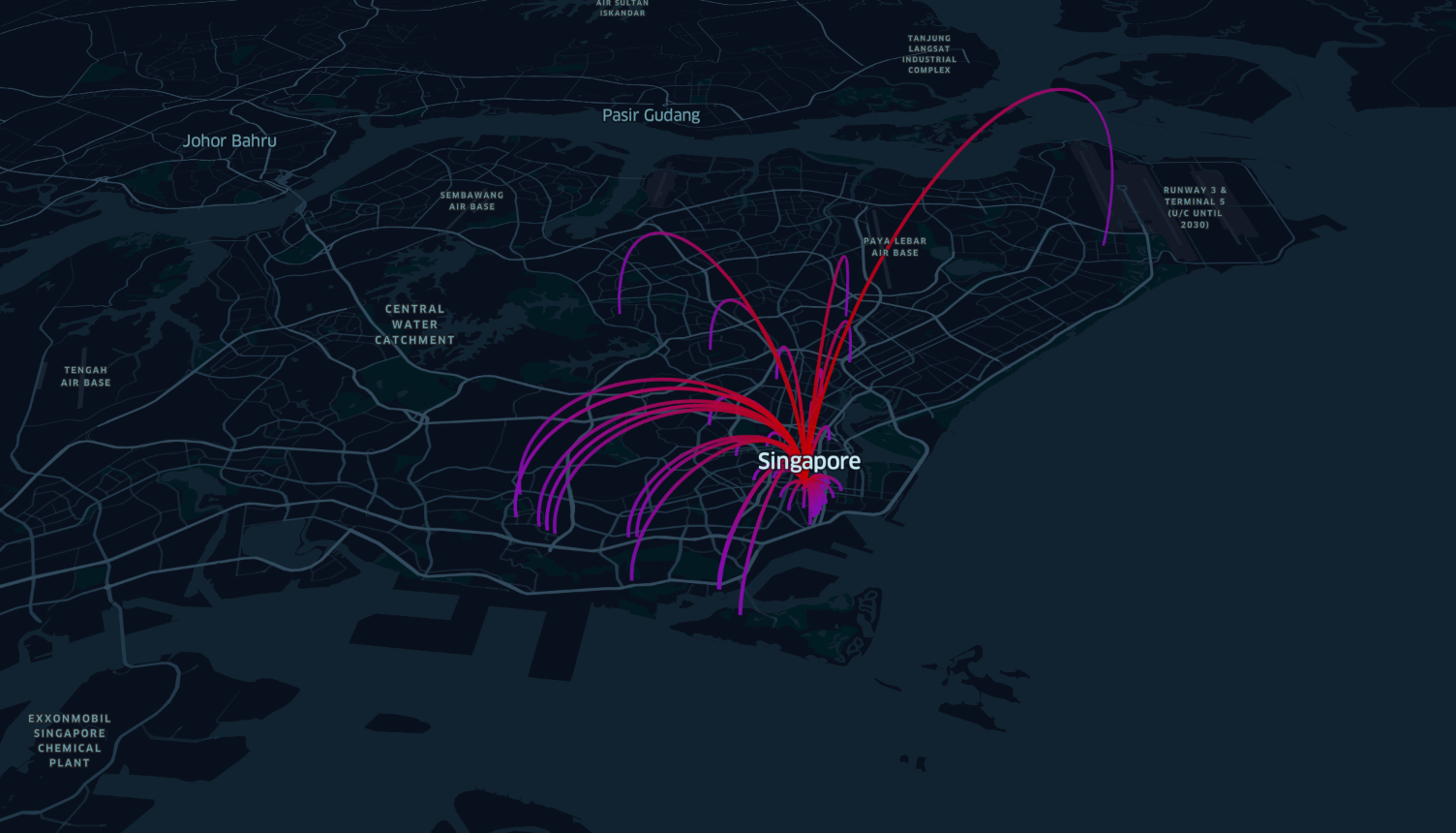
Events – major conferences, cocktail evenings or even smaller roundtables – are a staple tactic for most marketing managers seeking to raise awareness of their brand and, most importantly, generate leads. Generating leads for an event professional/ marketer means getting the right people to your event. Depending on the event theme and objective, a typical targeted persona would be CEOs from SMEs and/or MNCs, industry professionals or even entrepreneur of a certain age and income bracket.
There are multiple ways in which as an event professional, we try to reach our targeted audience(s). There’s sending out physical invites, calling down the list of invites, direct mailing and/or advertising on traditional and online media. In today’s era, professional networking platforms like LinkedIn allows us to identify and reach out to the relevant people defined by their job scope and the type of industry they’re in.
However, many of these techniques may result to inefficiencies or even ineffectiveness. Click rates for display ad campaigns can be as low as 0.1% while e-mail click-through rates hover at around 2.5% depending on the targeted market – and I haven’t even got to conversion rates yet (which are far lower). Currently most marketing techniques that we use to drive event attendance is either based on quantity – i.e. Sending out as many EDMs as possible in the hopes that you can reach your conversion numbers – or demographics – i.e. your brand may be popular among 18-25 year-olds but not all 18-25 year olds may like your brand.
For a recent event that we held, we decided to do something a bit different. Like many marketers, we used Facebook advertisements to help us promote the event, however, we did not do so based on Facebook’s audience parameters, rather we built on our own custom audience segments using anonymous mobile location-based data.

Choosing Our Location
Prior to the event, we geofenced areas in Singapore where we knew firms from our targeted market are located. By using anonymous mobile location-based data, we were able to target professionals who worked in certain offices. We did this by setting a minimum requirement for our targeted audience based on the number of times the anonymous mobile ids (the ‘pings’ emitted from mobile phones) were seen within a certain month (an example will be those who kept returning to the office at around 09:00 each day and left at 18:00 onwards). Using this method, we built our custom audience for our event.

Analysis of the movements of the mobile ids
Location is one of the key factors that will help to drive attendance to an event. People work long hours in Singapore and after a long day at work the last thing most people want to do is travel all the way across town to an event, no matter how relevant it is to your work. Hence, we wanted to ensure that not only was our event venue located near to our target market, but that the venue would be as familiar as possible to our potential attendees.
Once we have settled in with our target audience and the location, we ran a targeted Facebook ad campaign, targeting our ads based on how often the Ad-IDs were present in those areas we geofenced.

Ad Creative created for Quadrant Launch Party
Our ad campaign garnered an 11% conversion rate, over one in ten people who saw the ads actually attended the event. Considering the average conversion rate for these types of advertisements is between 2-3%, this is a significant improvement.
“This was no accident. Location data indeed helped us better understand and target our core market and enabled us to create a tailored audience who would be much more receptive to our message – in this case an event catering to executives from a particular industry.”, Navas Khan, Strategic Advisor at Quadrant.
While many marketers will look to Facebook to segment their target markets, location data actually provides much better segmentation as you are able to get a much fuller picture of their behaviour. Marketers, for instance, will be able to see where which specific groups frequent a certain store or restaurant. Location data is rising in popularity among marketers and according to a RetailTechNews, UK retailers believe building accurate location-based audiences is one of the most valuable insights to be gained from location data.
This is a small but insightful example of how a data-driven insights, powered by anonymous mobile location-based data can assist to drive event attendance. The same techniques can be applied to the airline and hospitality industries who are looking to target travellers, automotive brands or dealerships who are looking to reach those who shows interests in cars and many others.
If you're a marketer and is interested to find out how mobile location-based advertising can help you, talk to me today!




